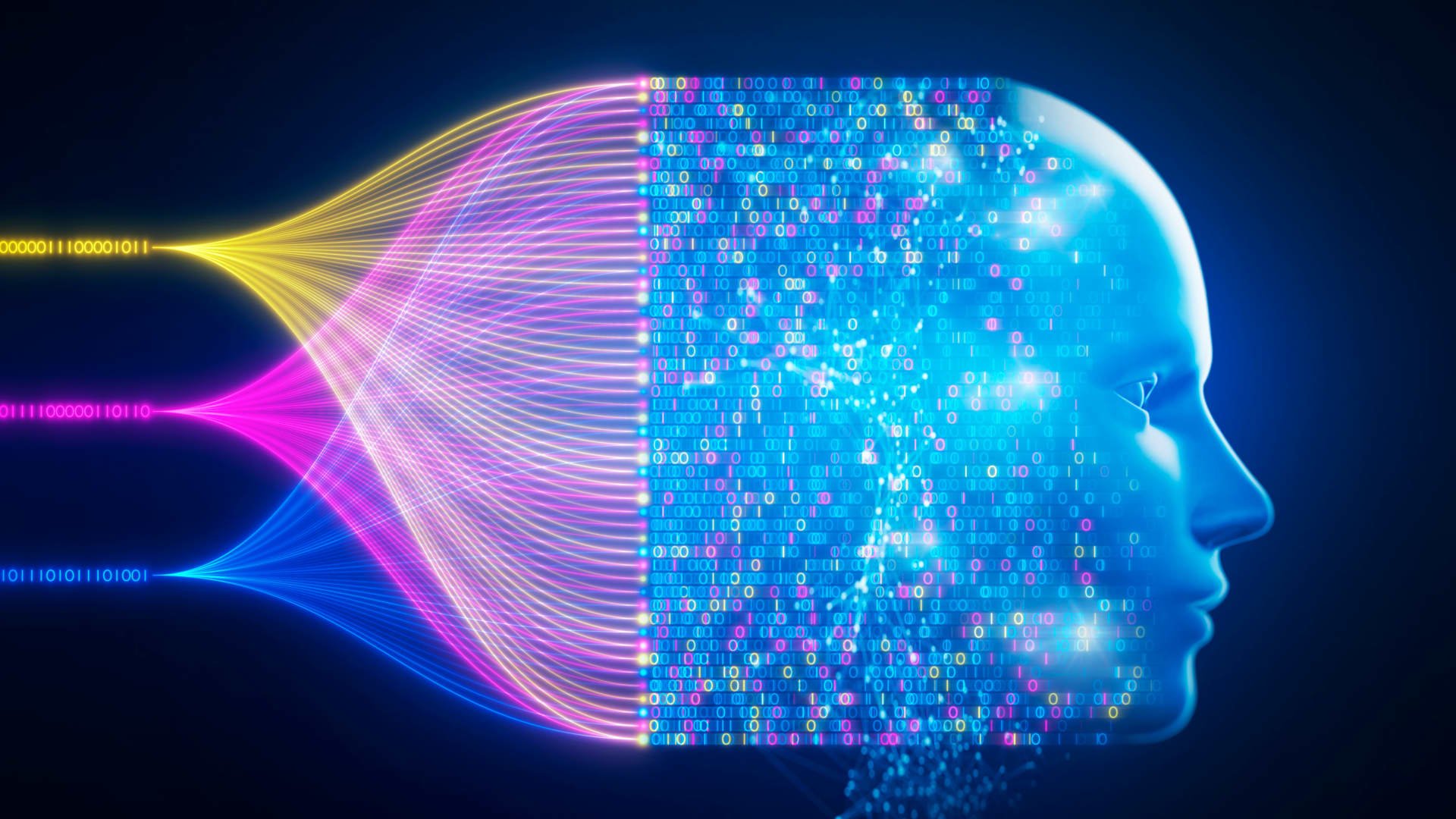Undress AI: The Controversial Tech That’s Sparking A Global Debate
Picture this—you're scrolling through social media when you stumble upon something that stops you dead in your tracks. It's a piece of technology so controversial, it's dividing the world into two camps: those who see potential and those who see peril. Welcome to the world of Undress AI, where artificial intelligence meets ethical dilemmas. This isn’t just another tech trend; it’s a game-changer with serious implications for privacy, consent, and digital safety.
Now, before we dive headfirst into the deep end, let’s clear the air. Undress AI is not your average AI tool. This tech uses advanced algorithms to digitally remove clothing from images, and it’s causing quite the stir. While some argue it could have legitimate uses, like in fashion design or medical imaging, others are sounding the alarm bells over its potential misuse. The stakes are high, and the conversation around it needs to happen—and fast.
As we unpack this complex topic, we’ll explore everything from the technology behind Undress AI to its real-world applications, risks, and the ethical considerations that come with it. So grab a coffee, sit back, and let’s unravel the truth about this tech that’s got everyone talking.
- Corey Harrison The Untold Rise Legacy More
- Hdhub4u South Indian Hindi Dubbed Your Ultimate Guide More
Here’s the lowdown: Undress AI is a double-edged sword. It’s a tool that can do some pretty amazing things, but it also comes with a whole lot of baggage. As we move forward, we’ll break it down step by step, so you can decide for yourself whether it’s a blessing or a curse.
What Exactly is Undress AI?
Let’s start with the basics. Undress AI is a type of AI software designed to digitally manipulate images, specifically by removing clothing from people in photos. Sounds simple, right? Well, not exactly. This tech is powered by deep learning algorithms that analyze patterns in images and recreate them in ways that mimic reality. The result? A photo that looks eerily similar to the original, but with a twist—no clothes.
But why is this such a big deal? For starters, it’s not just about altering images. It’s about the implications of doing so without consent. In the wrong hands, this tech can be weaponized to create non-consensual content, leading to harassment, exploitation, and even cyberbullying. And that’s where the real problem lies.
- Hdhub4u Your Entertainment Hub Find Movies Shows Now
- Kannada Movies 2025 What To Watch Where To Find Them
How Does Undress AI Work?
Alright, let’s get technical for a sec. Undress AI relies on Generative Adversarial Networks (GANs), which are essentially two neural networks working together. One network generates new images based on existing ones, while the other acts as a critic, ensuring the generated images look realistic. Over time, these networks learn from each other, improving their ability to create convincing results.
Here’s a quick breakdown of how it works:
- The software analyzes thousands of images to understand patterns and textures.
- It uses this data to predict what a person might look like without clothing.
- The final output is a digitally altered image that mimics reality.
Now, while this might sound like something out of a sci-fi movie, it’s very much real—and it’s already being used in various ways. But as with any powerful tool, the question remains: Who gets to decide how it’s used?
The Rise of Undress AI: A Timeline
Undress AI didn’t just pop up overnight. Like many groundbreaking technologies, it evolved over time. Here’s a quick look at its journey:
Back in the early 2010s, researchers began experimenting with image manipulation using AI. At first, the focus was on creating realistic images for things like video games and movies. But as the tech improved, people started to see its potential in other areas. Fast forward to today, and we’re seeing Undress AI being used in everything from fashion design to controversial online content.
But here’s the kicker: As the tech became more accessible, so did the risks. What started as a tool for innovation quickly turned into a source of concern for privacy advocates and lawmakers alike. And that brings us to the present day, where the debate over Undress AI is hotter than ever.
Applications of Undress AI: Where It Shines
Despite its controversies, Undress AI does have some legitimate uses. Here are a few examples:
- Fashion Design: Designers can use this tech to visualize clothing on virtual models, saving time and resources.
- Medical Imaging: Doctors can use it to analyze skin conditions or injuries without needing physical exams.
- Entertainment: Filmmakers and game developers can create realistic characters without the need for expensive props.
But here’s the thing: These applications only work when the tech is used responsibly. And that’s where the problem starts. Because let’s face it—when something as powerful as Undress AI falls into the wrong hands, the consequences can be devastating.
The Dark Side of Undress AI
Now, let’s talk about the elephant in the room. While Undress AI has its perks, it also comes with a dark side. The biggest concern? Non-consensual use. Imagine someone taking a photo of you without your permission and using Undress AI to create explicit content. Scary, right? Unfortunately, this isn’t just a hypothetical scenario—it’s already happening.
According to a report by the Cyber Civil Rights Initiative, deepfake technology (which includes Undress AI) is being used to create non-consensual content at an alarming rate. In fact, the number of deepfake videos online has increased by over 300% in the past two years alone. And that’s just the tip of the iceberg.
The Impact on Privacy and Consent
When it comes to Undress AI, privacy and consent are the biggest casualties. Here’s why:
- People can be targeted without their knowledge or permission.
- Victims often face harassment, reputational damage, and even legal consequences.
- The psychological toll can be immense, leading to anxiety, depression, and trauma.
But it’s not just individuals who are affected. Society as a whole is at risk. As trust in digital content erodes, the line between reality and fiction becomes increasingly blurred. And that’s a dangerous place to be.
Legal and Ethical Considerations
So, what’s being done to address these issues? Governments and organizations around the world are starting to take notice. In some countries, laws are being introduced to regulate the use of deepfake technology. For example, the European Union recently passed legislation aimed at combating non-consensual content.
But here’s the catch: Laws can only do so much. As technology evolves faster than regulations can keep up, it’s up to developers, users, and society as a whole to ensure Undress AI is used responsibly. That means setting ethical guidelines, promoting transparency, and holding violators accountable.
Who’s Responsible for Ensuring Ethical Use?
This is a tricky question with no easy answers. Here are a few key players:
- Developers: They need to prioritize ethical considerations during the design process.
- Platforms: Social media and hosting sites must crack down on misuse.
- Users: We all have a role to play in using tech responsibly.
Ultimately, it’s a shared responsibility. And if we don’t step up, the consequences could be dire.
Real-World Examples of Undress AI
To really understand the impact of Undress AI, let’s look at some real-world examples. In one case, a woman in India discovered that her image had been used to create non-consensual content using this tech. The incident sparked widespread outrage and led to calls for stricter regulations. Similarly, in the US, several high-profile cases have brought the issue to the forefront of public consciousness.
But it’s not all doom and gloom. There are also examples of Undress AI being used for good. For instance, a fashion designer in Paris used the tech to create a virtual runway show, showcasing their designs without the need for physical models. It’s a testament to the fact that, when used ethically, Undress AI can be a force for innovation.
Statistics to Consider
Here are a few stats that highlight the scope of the issue:
- Over 90% of deepfake videos online are non-consensual.
- The global deepfake detection market is expected to grow by 25% annually.
- More than 70% of people believe deepfakes will undermine trust in digital content.
These numbers paint a sobering picture of the challenges we face. But they also underscore the importance of addressing these issues head-on.
Future of Undress AI: Where Do We Go From Here?
As we look to the future, the question on everyone’s mind is: Where do we go from here? The answer lies in striking a balance between innovation and responsibility. Here are a few potential solutions:
- Developing better detection tools to identify deepfakes.
- Introducing stricter regulations to govern the use of AI.
- Encouraging ethical guidelines for developers and users alike.
It won’t be easy, but it’s a necessary step if we want to harness the power of Undress AI without compromising our values.
Final Thoughts: Is Undress AI Friend or Foe?
At the end of the day, Undress AI is what we make of it. It has the potential to revolutionize industries and improve lives, but it also carries significant risks. The key is to approach it with caution, responsibility, and a commitment to ethical use.
So, what do you think? Is Undress AI a tool for good or a threat to privacy? Share your thoughts in the comments below, and don’t forget to check out our other articles for more insights into the world of AI. Together, we can shape the future of this technology—and make sure it works for everyone.
Table of Contents
- What Exactly is Undress AI?
- How Does Undress AI Work?
- The Rise of Undress AI: A Timeline
- Applications of Undress AI: Where It Shines
- The Dark Side of Undress AI
- The Impact on Privacy and Consent
- Legal and Ethical Considerations
- Real-World Examples of Undress AI
- Statistics to Consider
- Future of Undress AI: Where Do We Go From Here?
Article Recommendations
- Hdhub4u 18 Guide Is It Safe Legally Explained
- Ea College Football 25 Everything You Need To Know Guide



Detail Author:
- Name : Tyshawn Walker Sr.
- Username : phammes
- Email : hoeger.christelle@simonis.biz
- Birthdate : 1994-10-24
- Address : 187 Michael Rest Timmothyside, NH 54881
- Phone : 605-985-6780
- Company : Braun LLC
- Job : Event Planner
- Bio : Quod accusantium iste ad et. Est corrupti fugiat officia vitae nihil totam ipsam. Dignissimos eum qui impedit similique id tempore soluta. Voluptates temporibus nulla sed eos esse consequuntur.
Socials
instagram:
- url : https://instagram.com/bjakubowski
- username : bjakubowski
- bio : Commodi tempore non non. Nesciunt ipsam velit corrupti incidunt. Qui molestiae et soluta rerum.
- followers : 3145
- following : 1706
linkedin:
- url : https://linkedin.com/in/bradley_dev
- username : bradley_dev
- bio : Similique dicta reprehenderit dolor.
- followers : 1653
- following : 361
tiktok:
- url : https://tiktok.com/@bradley_real
- username : bradley_real
- bio : Quisquam rerum id qui molestias ut.
- followers : 1343
- following : 2572